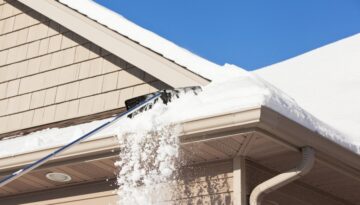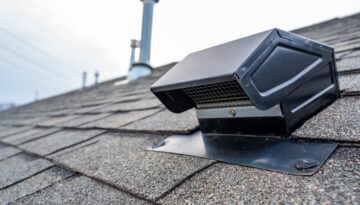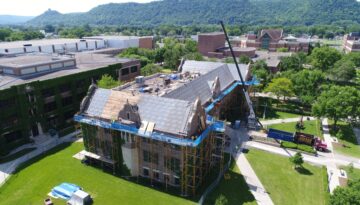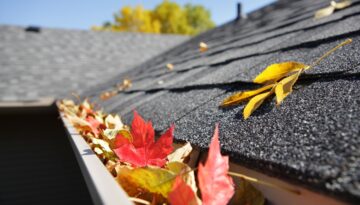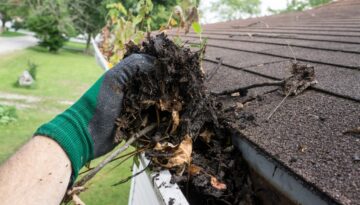Preparing Your Roof For Winter In Wisconsin
As the cold Wisconsin winter approaches, preparing your roof for the harsher months is crucial to protect your home from potential damage. Snow, ice, and fluctuating temperatures can all impact the integrity of your roof, […]

